There’s something very primordial about gathering your own food. It’s a space to connect with our hunter-gatherer selves plus a sense of satisfaction of sourcing your own food that you don’t quite get when picking food off the supermarket shelves.
Professional forager, Stu Woodman, hosted a tour at The Riverford Field Kitchen recently to explore what wild delicacies can be found in an average field, and signs to make sure they’re safe to eat.
According to Woodman, the general rule for foraging safety is: “If you’re not sure what it is, then don’t eat it. Don’t pick just anything.”
First, some etiquette. According to the Countryside Act, foraging on common land or on private land with permission is legal so long as it’s for personal consumption. This means moderate amounts for you and your family.
The four ‘F’s of foraging
To make sure you’re foraging and not scrumping (the illegal picking of commercial crops), follow these wild food guidelines.
Fruit: Eg, blackberries, mulberries, crab apples, wild strawberries, sloes and elders.
Flora: Elderflower, primrose, ramsons and gorse.
Fungi: Oyster, ceps, chanterelle, morel and field mushrooms.
Foliage: Dandelion leaves, stinging nettles, sorrel and wild garlic.
Field mushrooms
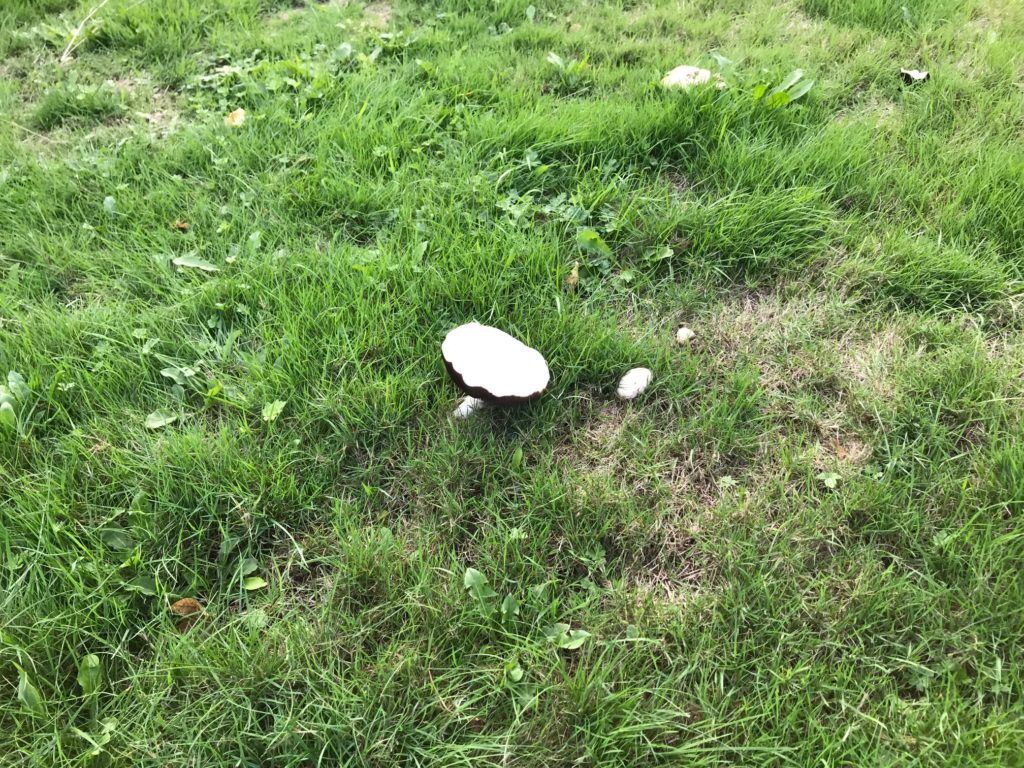
“Field mushrooms are popping up more and more now that we’ve had a bit of rain,” says Woodman who explains, as the name suggests, they are often found in fields, pasture or on grassy verges.
“They’re a safe bet, and you could possibly mistake them for is a Yellow Stainer mushroom [a poisonous mushroom that can cause alarming symptoms],” says Woodman.
“Look out for the colour on the cap and at the base, if it’s yellow, then don’t eat it.”
If you want to be certain, Woodman recommends laying them out flat on paper and leaving them for a few hours. If it’s a Yellow Stainer, then the paper will be, well, stained yellow by the pores.
Stinging nettles
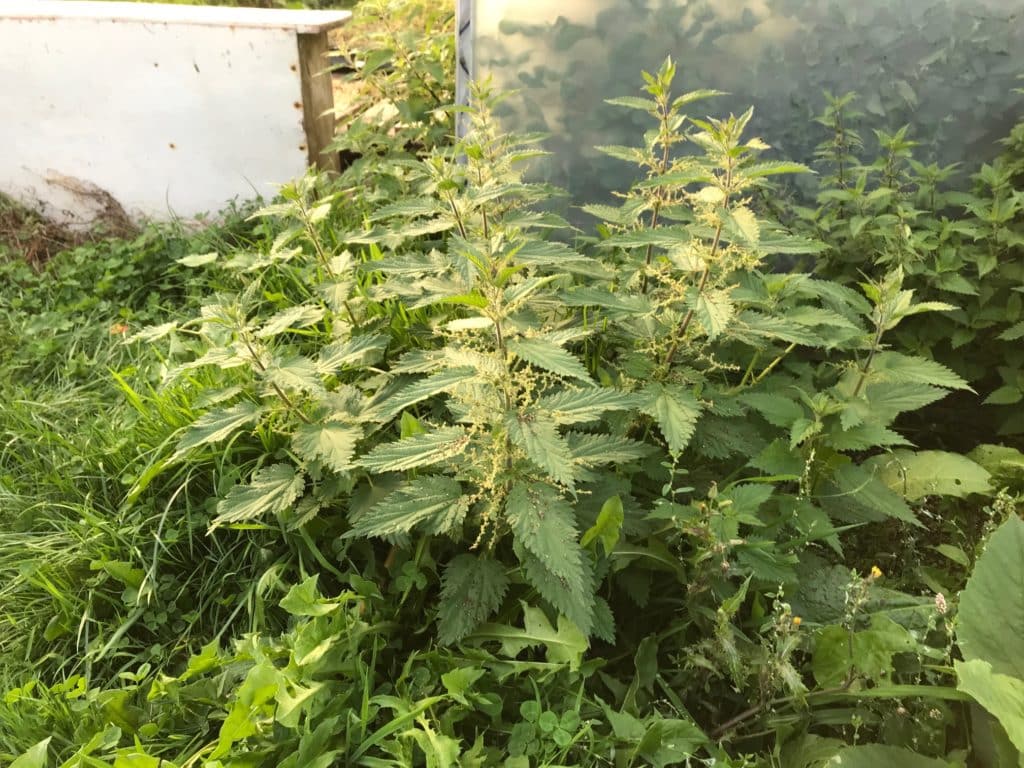
Spring is the best period for nettles according to Woodman, but you often get a second burst in autumn. Dubbed a superfood, these prickly leaves are highly nutritious and prized for their medicinal properties.
Found in wild, untamed patches everywhere, Woodman says: “We’re after the young ones, the leaves right at the top of the plants.”
Nettles sting us when we rub the toxic, hair-like follicles on the leaves the wrong way. To avoid getting stung simply approach the leaf from the direction in which the hair grows and pinch firmly. Otherwise, wear some gloves.
Use heat to remove their stinging properties; Woodman recommends sautéing them with garlic, using them to brew ‘tea’ or simply putting them on top of pizza or cheese on toast to add a little dose of wild nutrients.
Sea Buckthorn berries
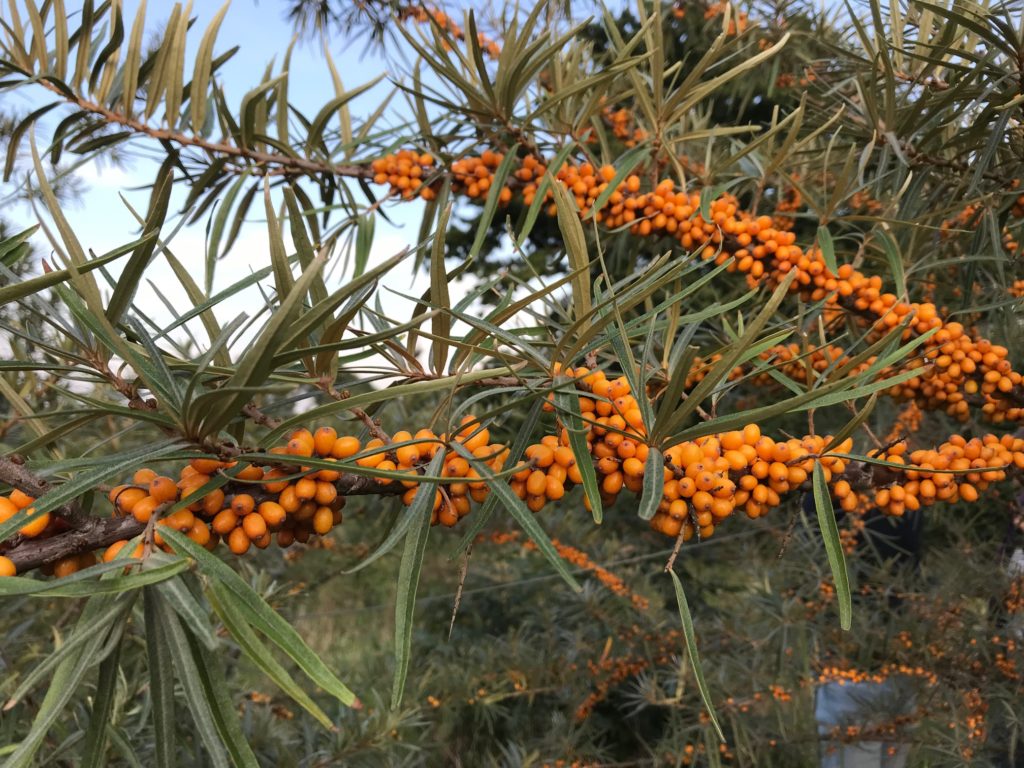
Admittedly this isn’t something you’ll find in an average field unless you live on the coast. But if you’re in a coastal region, look out for this wild delicacy that is often found in sandy areas, dunes and river estuaries.
These mouth-puckeringly sour berries are famed for their health properties and have been used in China for centuries. It’s even rumoured that Genghis Khan ate the berries to increase his strength ahead of a battle.
Take care when harvesting these from their spiky branches. Woodman says it can be easier to cut off branches, being careful not to take too much and freeze them. Then you can shake them off the branches.
Dandelion leaves
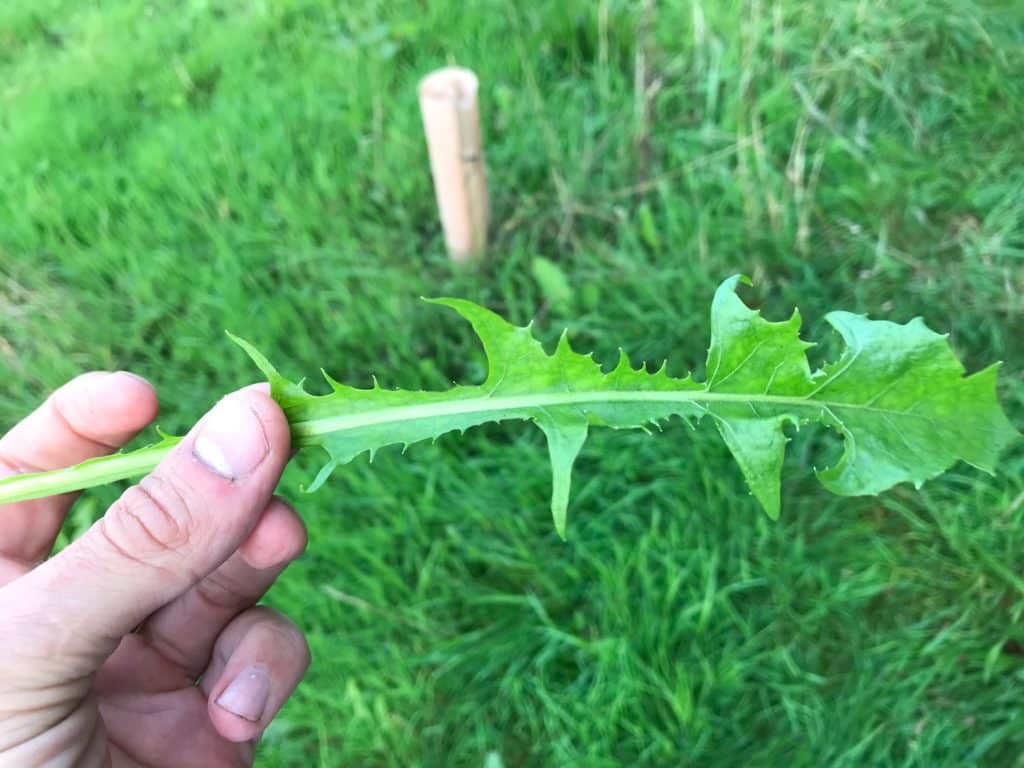
“Named not for their flower like a lion’s mane,” says Woodman. “Actually, it comes from the French phrase; ‘dents de lions’ meaning lion’s teeth due to the jagged outline of the leaves.”
Offset these bitter leaves in a salad with a vinaigrette, add to soups and casseroles like you would greens, or sauté them with some garlic.
For more info on events at the Riverford Field Kitchen, click here, and for more tips on foraging from Stu Woodman, click here.


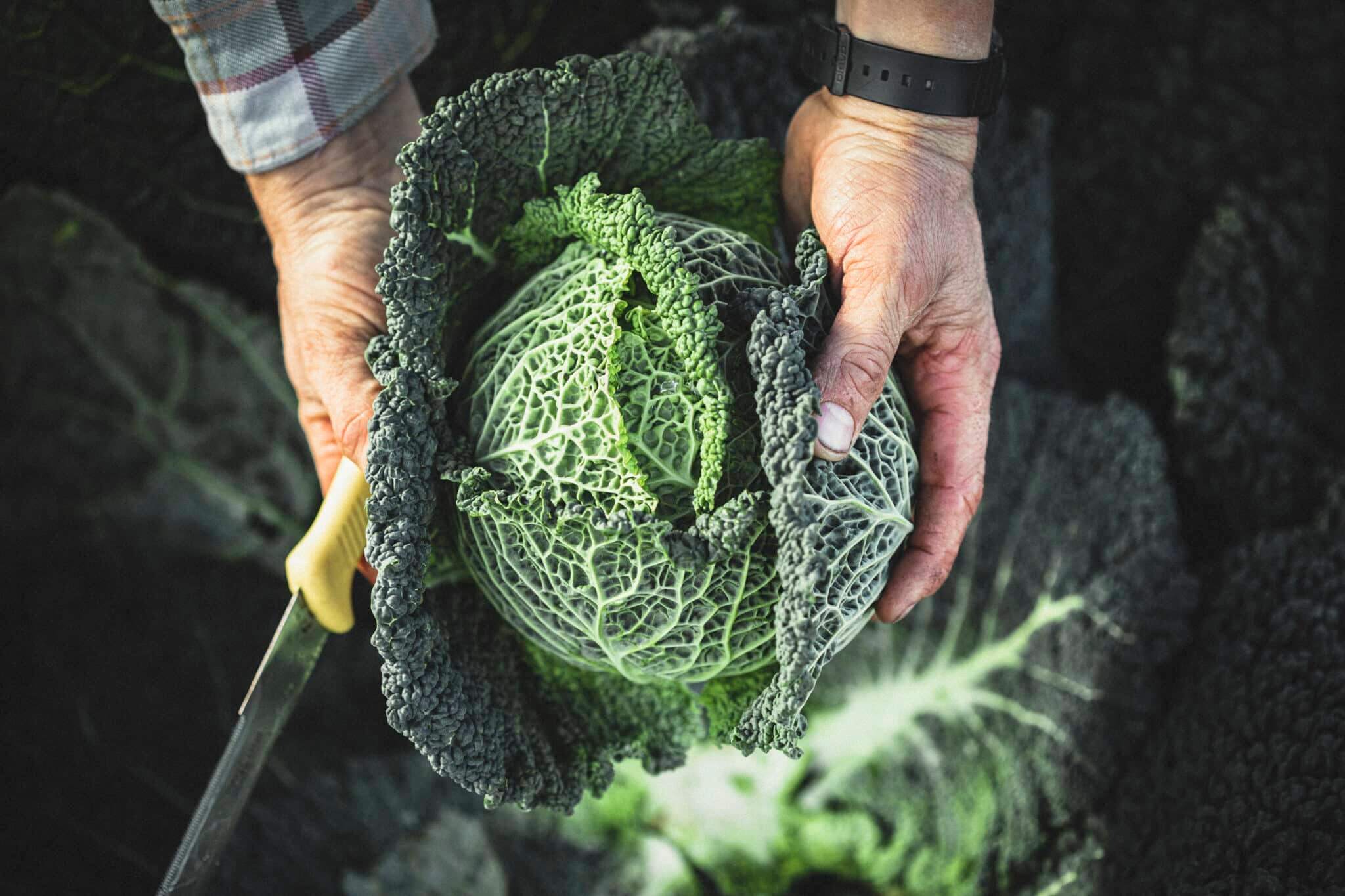

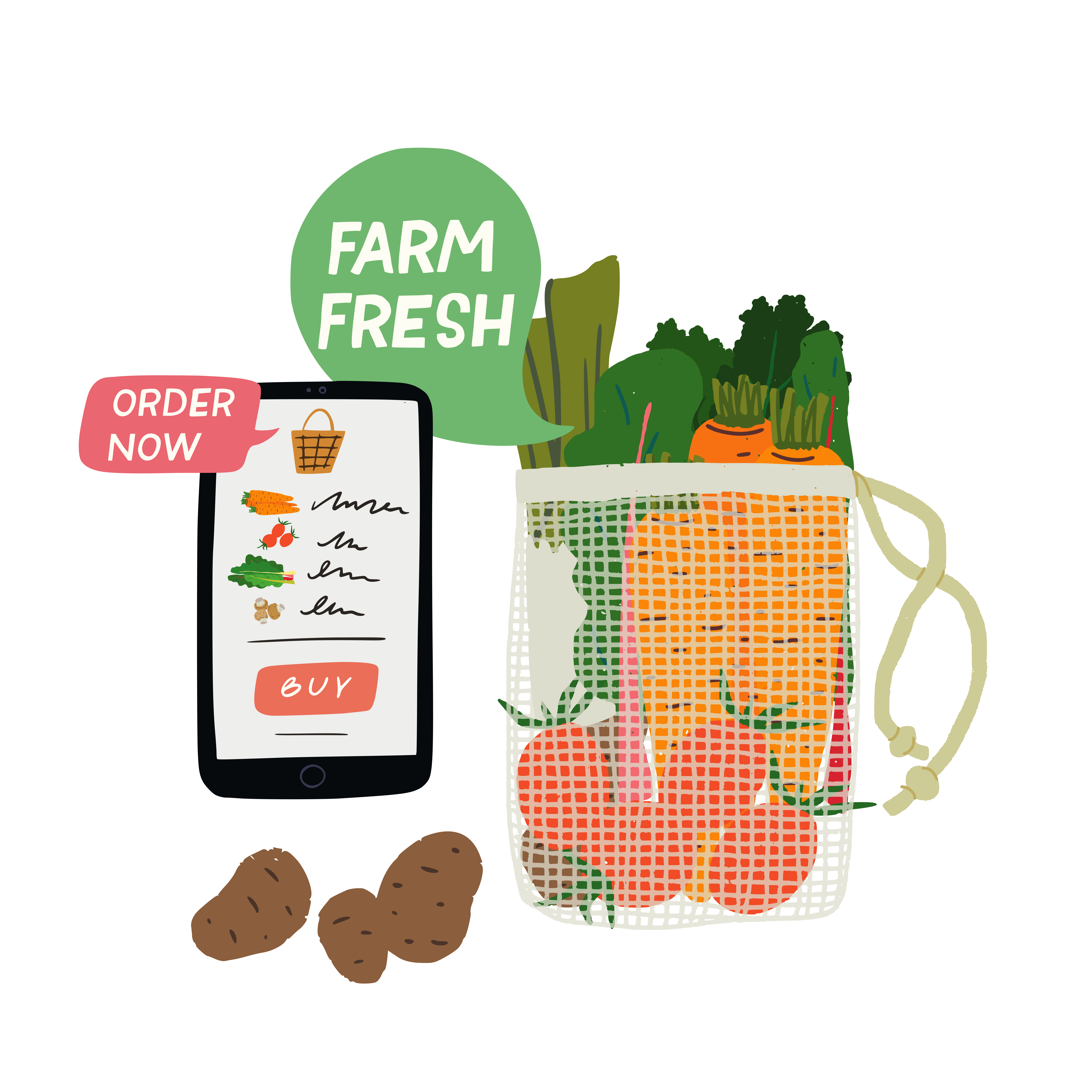




Thanks so much, this is really helpful. I off to gather stinging nettles and dandelion leaves.